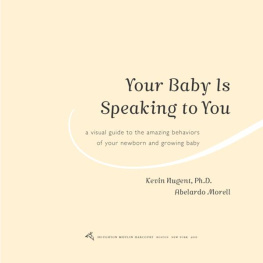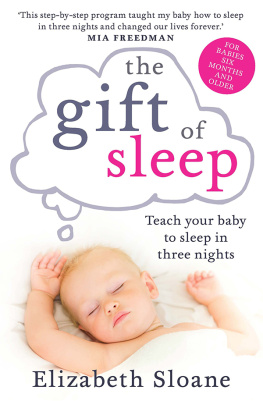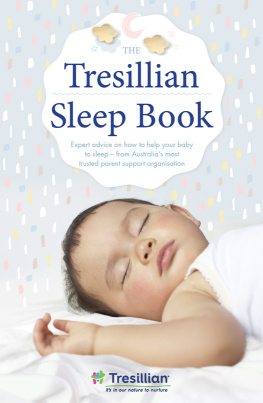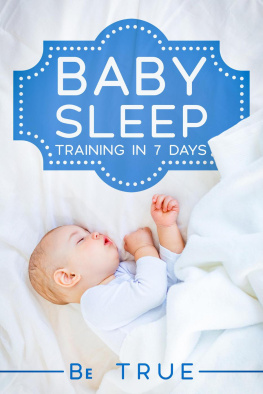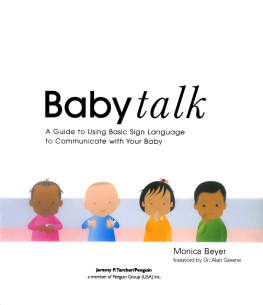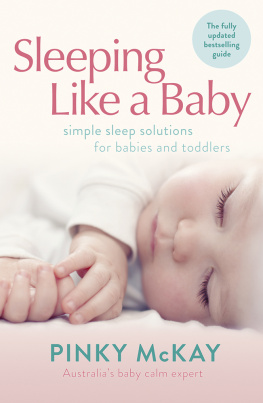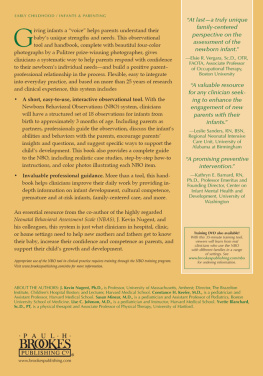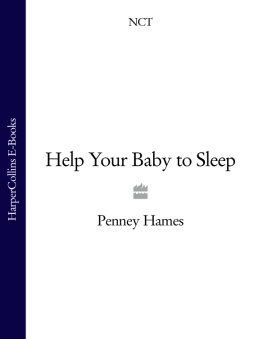HOUGHTON MIFFLIN HARCOURT BOSTON NEW YORK 2011
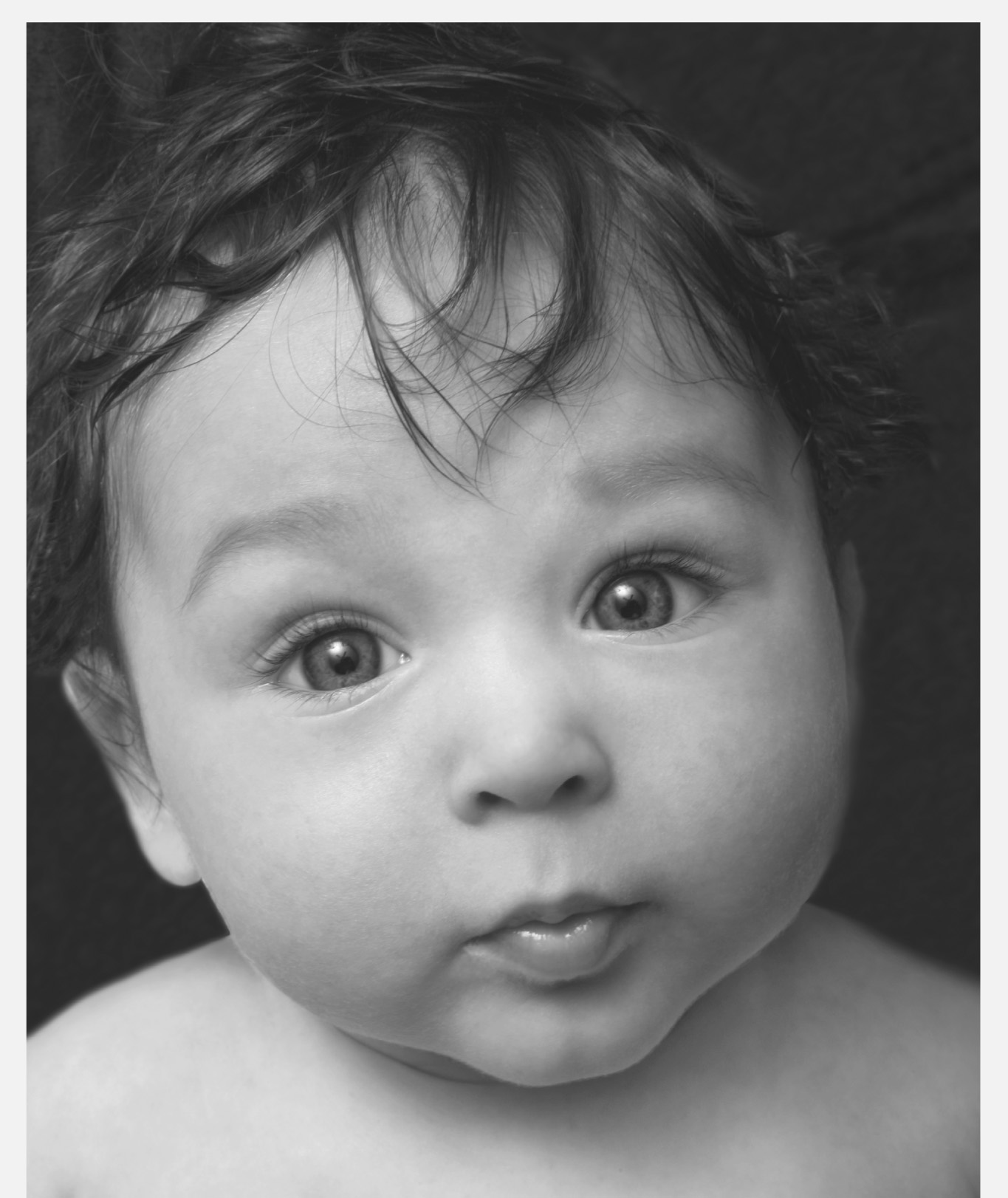
Copyright 2011 by J. Kevin Nugent
Photographs copyright 2011 by Abelardo Morell
All rights reserved
For information about permission to reproduce
selections from this book, write to Permissions,
Houghton Mifflin Harcourt Publishing Company,
215 Park Avenue South, New York, New York 10003.
www.hmhbooks.com
Library of Congress Cataloging-in-Publication Data
Nugent, Kevin.
Your baby is speaking to you : a visual guide to the
amazing behaviors of your newborn and growing
baby / Kevin Nugent.
p. m.
ISBN 978-0-547-24295-8
1. InfantsDevelopment. 2. Parent and infant. I. Title.
HQ 774. N 84 2010
305.232dc22 2010017207
Book design by Melissa Lotfy
Printed in China
SCP 10 9 8 7 6 5 4 3 2 1
To Una, Aoife, and David Declanle mo bhuiochas, mo ghra go deo.
J. KEVIN NUGENT
To Laura and Brady, who once were my babies.
ABELARDO MORELL
Contents
Introduction
Sleeping, Crying, Eating
The Sleeping Baby
Deep Sleep
Light Sleep
The Full Cry
Fussing
The Search Response
Feeding
The Amazing Newborn
The Fencer Response
Hand to Mouth
The Sleep Smile
First Steps
Hands
Pre-Reaching
The Smile of Discovery
Crawling
Feet
Yawning
Your Baby's Senses
Responding to Sounds
Visual Exploration
Touch
Cuddliness
The Not Very Cuddly Baby
Settling In
Startles
Drowsiness
Overstimulation
Signs of Distress
Soothability
The Not Easily Settled Baby
The Social Newborn
Looking into Your Eyes
Feeding and Communication
The Power of Your Voice
Imitation
Learning
Temperament
The Social Smile
The Growing Baby, the
Bigger World
Reaching Out
Exploring
Empathy
Learning to Love
Parent and Baby and
the Lifelong Bond
Author's Note
Photographer's Note

Introduction
Shortly after I came to Children's Hospital in Boston more than three decades ago, I had the opportunity to attend hospital rounds with Dr. Berry Brazelton, acknowledged even then as a pioneer in infancy research. I still remember watching the steel-framed crib being wheeled into a quiet corner of the newborn nursery and seeing the tiny one-day-old infant, tightly swaddled, her head covered with a cotton bonnet, with only her small pink face peeping out. We all became silent as the young mother entered. She sat by the crib with an expression of anxiety and vulnerability, understandably self-conscious in the presence of the white-coated observers.
As Dr. Brazelton began to unswaddle the baby, I did not know what to expect. Not yet a father, I assumed that a one-day-old was just a very tiny baby, nothing more. He tested her foot reflexes and flexed her arms and legs, examining her muscle tone. By now the baby was wide awake, and suddenly Dr. Brazelton was holding a red ball about twelve inches from her eyes. Can a newborn baby really see? I wondered. At that very moment her eyes locked onto the bright ball and began to track it. "She can see!" the mother blurted, shaking her head in disbelief. When Dr. Brazelton began to talk to the baby in lilting tonesusing her first name, Sarahher eyes widened and brightened. There was nothing random about her responses now. Her look was steady, and there was a sureness to the back-and-forth, give-and-take rhythm of the interaction between baby and doctor.
It was on that day that I encountered for the first time the powerful gaze of the human newborn. This one-day-old baby was no passive organism waiting for the world to shape her destiny. Sarah's ability to see and hear was indisputable, but it was her seemingly natural curiosity, her readiness to engage and connect with her environment that so impressed me. She was indeed a person. But when I caught sight of the young mother, her eyes now filled with tears as she pressed her infant close to her breast, repeating her name, no longer conscious of our presence, my thoughts were arrested for the second time that day. I was struck by the strength and tenderness of the mother-infant bond. It was as if this mother had just discovered the sheer depth of her feelings toward her baby.
But if the relationship between Sarah and her mother was transformed on that day, so was I profoundly changed. Indeed, I link my professional interest in child development to that moment. Witnessing this newborn's amazing capabilities and the dramatic effect they had on her mother in those early hours of her life on that winter day at the old Boston Lying-In Hospital was undoubtedly instrumental in turning my life in a new direction. It was only later that I came to realize that it was an experience in my own childhood that had infused this change of direction with such an unexpected sense of predestined certitude.
My response to baby Sarah was an echo of the time when I cared for my own baby brother after our mother died. I was not yet eleven years old, so the loss of my mother seemed like the end of love and security. I felt abandoned and alone, overwhelmed by feelings of vulnerability, sadness, hurt, emptiness, and loss. But looking after my baby brotherholding him, feeding him, changing him, playing with him, wheeling his pram down the street in our small town in Irelandsomehow drew me out of my grief and loneliness. It enabled me to fill in the emptiness and rebuild my sense of trust in a world that had seemed suddenly devoid of love and security. The experience set me on a path to recapturing my original innocence and grasping some element of hope.
Over the years, with a certain inevitable determinism, my work at Children's Hospital has tended to focus on the capacity of babies to connect with and have a transforming effect on their caregivers. Research has made it clear that babies are biologically programmed to be pro-social organisms who actively seek contact with those around them. The social newborn is indeed a masterpiece of creation, with the capacity to change and transform all who come into his orbit.
Your Competent Newborn
Because they are born with a rich behavioral repertoire, newborns are able to engage in face-to-face, eye-to-eye exchanges for brief periods. This readiness to connect with their caregivers is made possible by a wide range of visual, auditory, and perceptual abilities that enable infants to explore the world around them.
We now know that babies are drawn more to human faces than to anything else and that they can even distinguish a happy expression from a sad one. A newborn's hearing is so fine-tuned that she can detect a missing beat in a musical pattern and, more important, can recognize the sound of her mother's voice. Babies have a well-developed sense of taste right from the start and can also clearly recognize their mother's smell. And, because the sensory cortex is the most developed area of the brain at birth, a newborn's sensitivity to touch is already exquisitely developed.
But simply listing these discrete abilities does not do justice to the full richness of your baby's behavioral repertoire. It is how he integrates all these competencies in a coherent, even purposeful, way that reveals his unique, individual personhood. Taken together, these remarkable capacities enable your infant to face the major developmental task that lies ahead, namely to form an enduring attachment bond with you.
Next page
